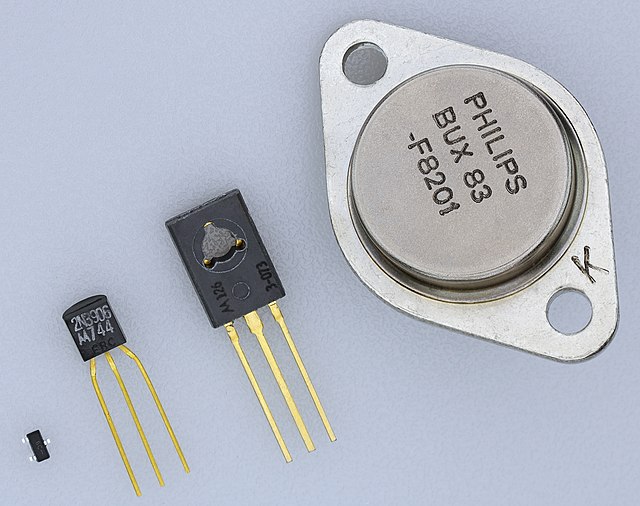A transistor is a tiny electronic component that can be found in almost every electronic device. It’s like a traffic cop that controls the flow of electricity through a circuit. Transistors come in many different shapes and sizes, but they all work in pretty much the same way.
At its simplest, a transistor has three parts: the emitter, the base, and the collector. Think of it like a water pipe. The emitter is where the water comes out, the collector is where the water goes in, and the base is like a valve that controls how much water can flow through.
When a small current is applied to the base, the transistor lets a larger current flow between the emitter and the collector. This is called amplification, and it’s one of the most important things a transistor can do. It’s like using a megaphone to make your voice louder.
But a transistor can also act like a switch. By turning the current to the base on and off, you can make the transistor let the current between the emitter and collector flow or not flow. This is important for digital electronics like computers, where signals are represented as binary digits (bits) that can be either on or off.
So why are transistors so important? Well, before transistors, electronic devices used big, expensive, and unreliable vacuum tubes. Transistors were much smaller, cheaper, and more reliable. They also used less power and could be made into integrated circuits (ICs), which are the building blocks of modern electronics.
Transistors are essential to many electronic devices, from radios and televisions to smartphones and computers. Without them, we wouldn’t have the amazing technology we have today. And even though transistors have been around for over 70 years, they continue to get smaller and more efficient, pushing the boundaries of what’s possible in electronics.
